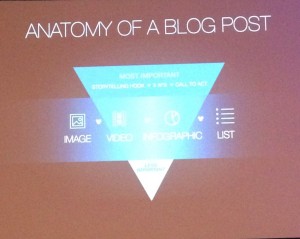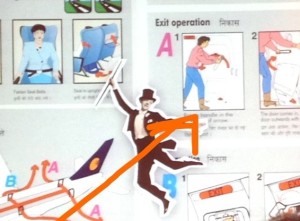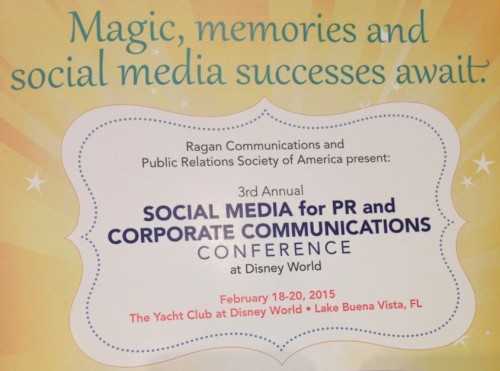While the majority of attendees at the Florida-based social media conference were happy to be escaping their cold-weather hometowns, we packed our bags and left our sunny West Coast for an uncharacteristically chilly South.
The speakers and topics, however, were far from cold.
We touched on some major hot topics surrounding public relations and social media fields such as brand journalism, understanding our online audiences, learning from analytics and becoming visual storytellers.
Sit back, relax and let our notes from the sessions lead you through our top tips and key takeaways!
Thomas Smith, Disney Parks @ThomasSmith
As we mentioned, visual storytelling should be a huge aspect of your PR and social media strategy in 2015. Now that you’ve mastered your brand story, try telling it visually online. And what’s the best way to gather the best visual content? Taking your online relationships to the streets! Create live experiences that your audience will want to talk about on social media channels or their own blog platforms.
And now for an anatomy lesson, brought to us straight from Disney:
 Key Takeaway:
Key Takeaway:
Tweet: Humanize your brand through brand journalism. Use the comments as a litmus test and get to know your audience. @ThomasSmith @QuillinLV
Michael Smart, Michael Smart PR @michaelsmartpr
Pitching is not a new concept, it has been around since media has been around. What has changed, however, is how and where pitches take place. It’s time to evolve how we pitch in order to boost results for traditional media relations and social media engagement.
Pre-pitch checklist
- Read last 5 articles
- Follow
- Retweet
- Favorite
- Tweet stories with byline @ mentions
- Reply with help, opinions, links
- Find new outlets, even non-media to reach your audience
- Research Twitter profiles of journalists, read their last 100 tweets, it’s usually what’s at their forefront
Key Takeaway:
Tweet: Read & react on #Twitter. Spend 10 min/day building relationships with key influencers. @QuillinLV @michealsmartpr
Karl Gude, The Associated Press @KarlGude
With visual content and storytelling on the rise, it is no surprise that infographics can be a very useful tool to get massive amounts of information out in a digestible, friendly way. Infographics have three main functions:
- Speed comprehension
- Summarize complex data
- Allow for greater retention
Visuals and words go hand in hand when it comes to infographics. Once you have data broken down into understandable chunks, make sure your visual scheme is just as clean and clear.
 Avoid clutter like this:
Avoid clutter like this:
Key Takeaway:
Tweet: Use #infographics to visually tell stories. Always try to inform, engage and persuade! @KarlGude @QuillinLV
That wraps up Part 1 of our two-part series on the state of social media. If you have anything to add, please feel free to leave us a comment and tune in tomorrow for Part 2!

